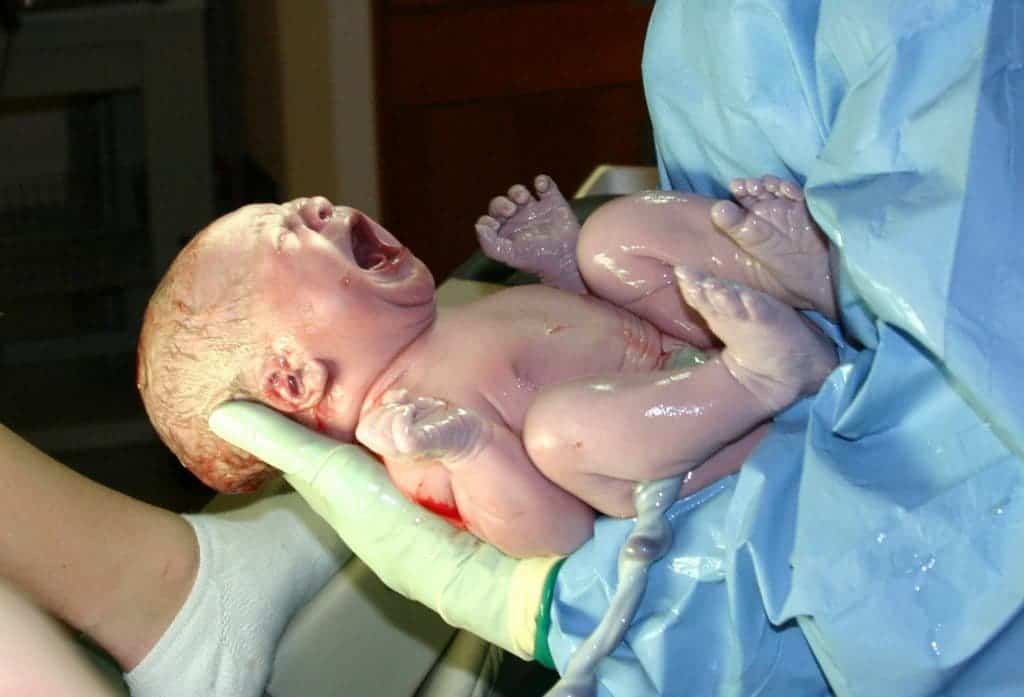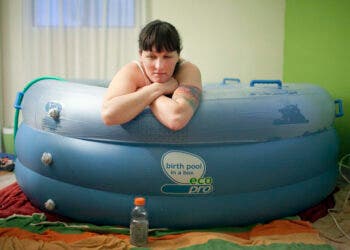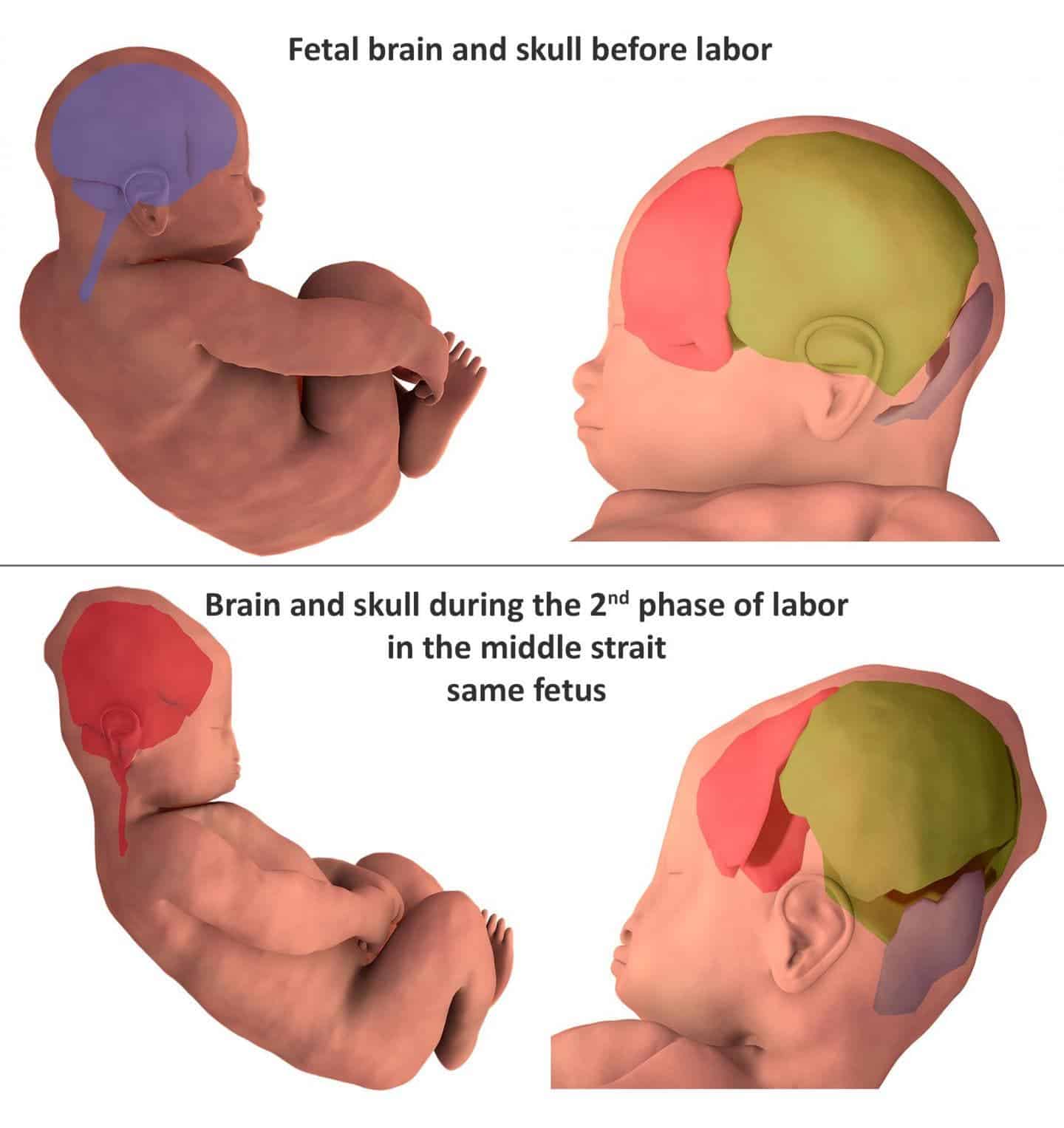Doctors are seeing a massive rise in the demands for the so-called vaginal seeding procedure, despite no evidence that this actually helps.
Also called ‘microbirthing’, the process involves taking a swab from the mother’s vagina and rubbing it over the baby’s mouth, eyes, face and skin shortly after a C-section birth. The idea is that exposing the baby to vaginal bacteria would enrich his own gut bacteria, protecting him from developing allergies and obesity in the future.

Initially regarded as nothing more than a quirk, this practice has grown greatly in the past few years, despite professional advice. Dr Aubrey Cunnington from the Department of Medicine at Imperial College London says that there is no evidence to support this theory.
“Demand for this process has increased among women attending hospitals in the UK – but this has outstripped professional awareness and guidance. At the moment we’re a long way from having the evidence base to recommend this practice. There is simply no evidence to suggest it has benefits – and it may carry potential risks.”
Furthermore, Cunnington argues that this could even transfer harmful bacteria to the baby via the swab. Of course, in the case of a natural birth the baby would have been exposed to the bacteria anyway, but in the case of a C-section, doctors may not know that vaginal seeding took place. Parents should always let their doctors knew they took the procedure.
“Its important parents tell staff they have performed the procedure, so the healthcare team are aware the baby is at risk of the same infections as a baby born by vaginal delivery,” he says.
Just to clear this out, it may be the case that the practice is actually helpful. Differences in microbiome have proven to be surprisingly important, but we just don’t know if this helps the babies.
“There is now quite a lot of evidence that differences in the microbiome are associated with risk of developing conditions such as allergies and obesity. However people have made a leap of logic that gut bacteria must be the link between caesarean section and risk of these diseases. But we just don’t know this for sure – or whether we can even influence this by transferring bacteria on a swab from mum to baby,” says Dr Cunnington.
Also, it’s not a case of “let’s do it, it can’t hurt” – so there’s no reason to try it just because it might help.
“In some countries, including the UK, we don’t test pregnant women for the bacteria group B streptococcus. This is carried by around one in four pregnant women, and although it poses no risk to the mother it can cause fatal infections in babies. There are also other conditions that cause no symptoms in the mother, such as chlamydia, gonorrhoea and herpes simplex virus that could be transferred on the swab. One colleague had to intervene when a mother with genital herpes, who had undergone a caesarean section, was about to undertake this process. Swabbing would have potentially transferred the herpes virus to the baby.”
Furthermore, she continues, there are much better ways to ensure the baby’s healthy microbiome.
“Encouraging breast feeding and avoiding unnecessary antibiotics may be more important to a baby’s gut bacteria than worrying about transferring vaginal fluid on a swab.”






